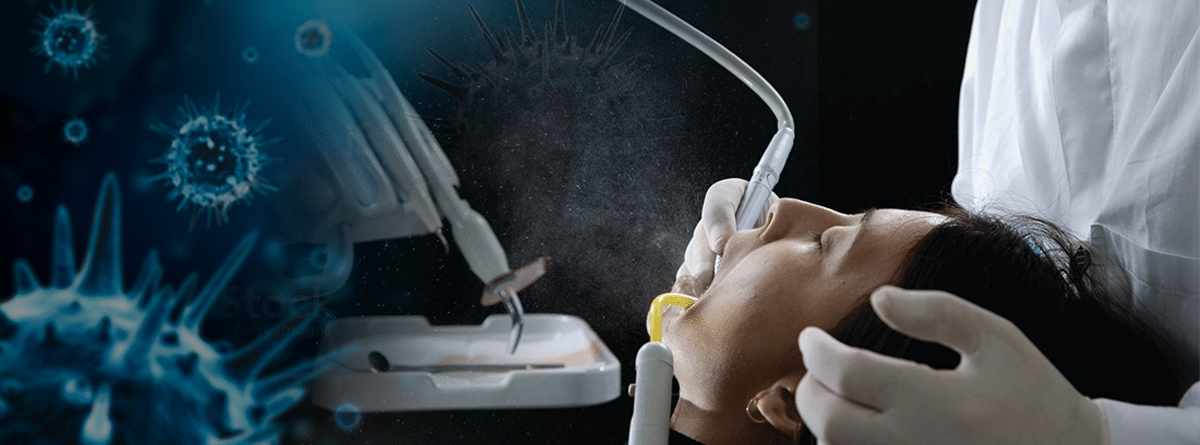
Practical measures to manage COVID-19 risk in your Surgery
On the 3rd of November, the Ministry of Health and the NZ Dental Council released the Guidelines for Oral Health Practitioners. What seems clear is dentists will be required to install some form of engineering control to manage aerosol risks as part of a documented risk management plan. PPE, long fallow periods between patients, screening, and a negative air pressure system that changes the air 10 times per hour look to become the standard basic control measures. These have already been implemented in the UK and Australia.
The aforementioned guidelines categorise patients into risk categories (Low to High) based on the three key pre-screening questions. These questions are:
- Do you have a confirmed diagnosis of COVID-19?
- Are you a probable COVID-19 case?
- Are you required to isolate yourself and/or wait for the COVID-19 test results?
The level of risk derived from these questions dictates the level of protection and cleaning procedures required during and after treatment. There are two key issues in using this approach to determine risk:
- They rely heavily on pre-screening questions and patients (especially those experiencing toothache) may not be as truthful if they think they might lose their appointment because of a cough or headache.
- On average, a person may be infectious with the Delta variant for 1-2 days before they develop symptoms, and some people who are infected never develop symptoms (asymptomatic) but may still be infectious, early on in their infection. Using these pre-screening questions would not detect these patients, categorizing them as low/medium risk, resulting in significant infection risk to dentists and staff during AGP procedures.
Therefore when COVID becomes widespread, it will be difficult to safely categorise patients as low or medium risk.
With the more infectious Omicron variant likely coming into New Zealand the dentist should assume when conducting AGP procedures that all patients are infectious. They should treat them as high risks and implement precautions to protect themselves and their staff. Rhondair is a practical solution to help you manage this risk and prevent infection.
About the Rhondair:
The Rhondair negative air pressure plug and play system is an affordable solution designed to create a negative pressure room in your surgery. The powerful industrial fan can draw 800m3/h (13,300L/min) resulting in ~20 air changes per hour in the high setting and 12 air changes per hour in the low setting for a room size of 36m3. (Note 1). With a flexible venting kit and an optional ceiling mounting kit and a compact design, the Rhondair system is ready to be installed into the roof of a practice. It can vent externally. It can also be wall-mounted and vented externally.
For those dental surgeries where it is not practicable to vent externally the Rhondair Aerosol Capture system is the ultimate in protection, providing a physical barrier between the dentist and the patient which can be placed on the floor or wall-mounted and includes the powerful fan and a Medical Grade 13 HEPA filter which captures 99.95% or more of all particles including COVID-19.
To purchase or learn more about the different options available to your practice visit https://rhondium.com/rhondair-systems/# or contact Rhondium on info@rhondium.com or phone AUS: 1800 449 282 or phone NZ: 0800 746 634
Note 1: Air changes per hour will depend on ducting pipe length. The calculation listed were based on a 3m length duct.
